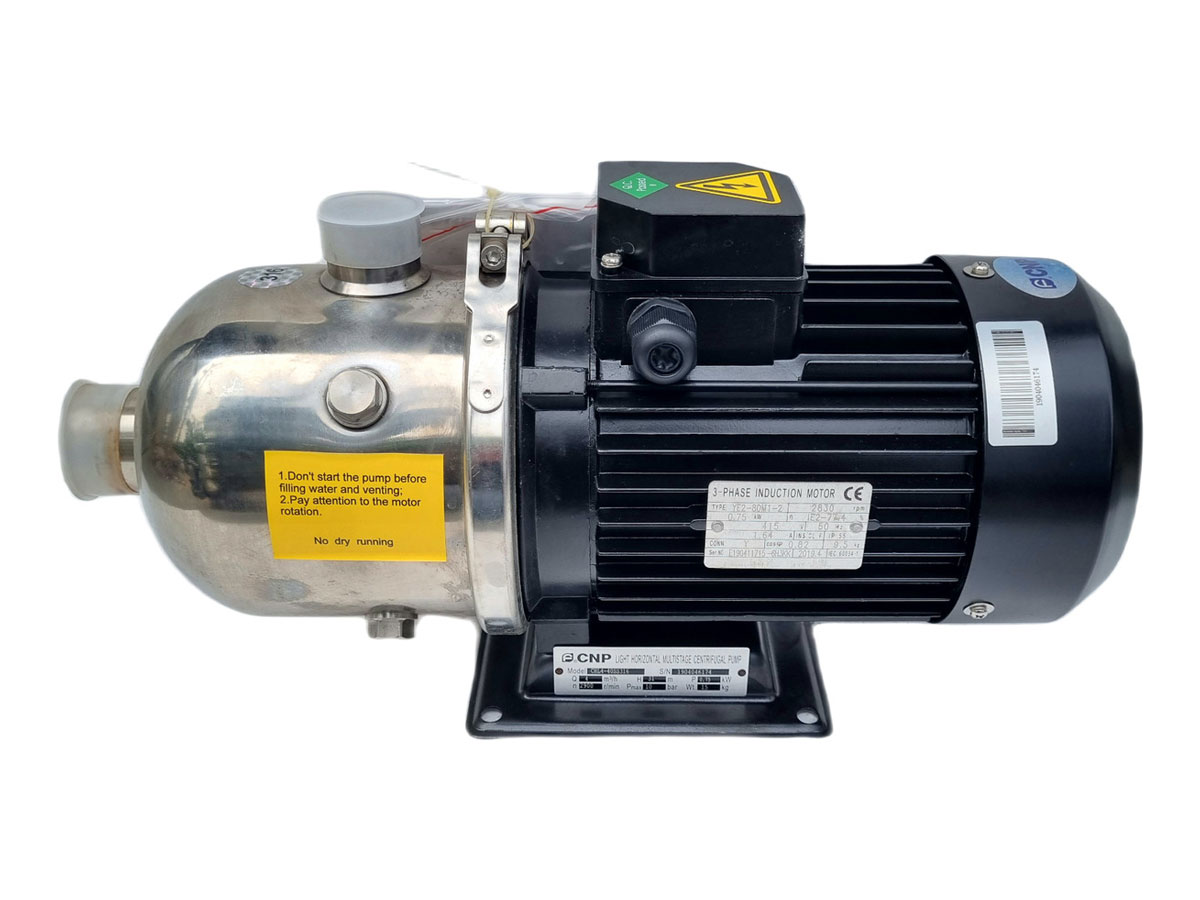In the world of fluid dynamics and industrial engineering, multistage pumps represent a remarkable technological solution that has revolutionized how we move and manage liquids across various sectors. These sophisticated machines are more than just mechanical components—they are precision-engineered systems designed to overcome complex fluid transportation challenges with remarkable efficiency and reliability.
At its core, a multistage pump is an engineering marvel that differs fundamentally from traditional single-stage pumps. Unlike their simpler counterparts, multistage pumps incorporate multiple impellers arranged in series, each working in concert to progressively increase fluid pressure and optimize energy transfer. This unique design allows them to achieve significantly higher pressure outputs while maintaining exceptional performance across diverse operating conditions.
The fundamental principle behind multistage pumps is elegantly simple yet ingenious. Each impeller acts as a separate pumping stage, progressively increasing the fluid’s energy as it moves through the pump. As liquid passes through consecutive impellers, its pressure is incrementally elevated, enabling these pumps to generate much higher pressure levels than would be possible with a single impeller. This characteristic makes them invaluable in applications requiring substantial pressure generation.
Industrial applications for multistage pumps are remarkably diverse and critical across numerous sectors. In the oil and gas industry, they play a crucial role in pipeline transportation, managing the complex task of moving hydrocarbons over vast distances. Water treatment facilities rely on these pumps for critical processes like water desalination and high-pressure filtration. The chemical processing industry depends on multistage pumps for precise fluid handling in complex manufacturing environments.
The engineering behind multistage pumps reveals a fascinating approach to fluid dynamics. Each impeller is carefully designed to maximize hydraulic efficiency, with precise geometric calculations determining blade angles, clearances, and flow characteristics. Modern computational fluid dynamics (CFD) modeling allows engineers to optimize these designs with unprecedented precision, creating pumps that approach theoretical performance limits.
Energy efficiency stands out as a primary advantage of multistage pump technology. By distributing the pressure-generating process across multiple stages, these pumps can achieve significantly higher overall efficiency compared to single-stage designs. This translates into lower energy consumption, reduced operational costs, and a smaller environmental footprint—critical considerations in today’s sustainability-focused industrial landscape.
Reliability is another hallmark of multistage pump design. The distributed load across multiple impellers means less stress on individual components, resulting in longer operational lifespans and reduced maintenance requirements. Advanced materials like corrosion-resistant alloys and precision manufacturing techniques further enhance their durability, making them ideal for demanding industrial environments.
The versatility of multistage pumps extends beyond traditional industrial applications. They are critical in specialized fields like aerospace, where precise fluid management can mean the difference between success and failure. Hydraulic systems in complex machinery, firefighting equipment, and high-pressure cleaning systems all benefit from the unique capabilities of multistage pump designs.
Technological innovations continue to push the boundaries of multistage pump performance. Smart monitoring systems now integrate with pump designs, providing real-time performance data, predictive maintenance insights, and unprecedented levels of operational intelligence. Machine learning algorithms can now analyze pump performance, detecting potential issues before they become critical failures.
Selecting the right multistage pump requires careful consideration of multiple factors. Operating pressure, fluid characteristics, temperature ranges, and specific application requirements all play crucial roles in determining the most appropriate pump configuration. Engineering teams must conduct comprehensive assessments to ensure optimal system integration and performance.
As industries continue to demand more sophisticated fluid management solutions, multistage pumps represent a perfect intersection of advanced engineering, energy efficiency, and practical innovation. They embody the ongoing evolution of mechanical design, where complexity is transformed into elegant, high-performance solutions.
The future of multistage pump technology looks incredibly promising. Emerging trends point towards even more advanced designs, incorporating artificial intelligence, advanced materials, and increasingly precise manufacturing techniques. As global industries continue to push technological boundaries, multistage pumps will undoubtedly play a pivotal role in meeting these complex challenges.
For engineers, industrial managers, and technology enthusiasts, understanding multistage pumps is more than an academic exercise—it’s a window into the sophisticated world of modern mechanical engineering. These remarkable machines continue to demonstrate how intelligent design can transform fundamental physical principles into powerful, practical solutions.
